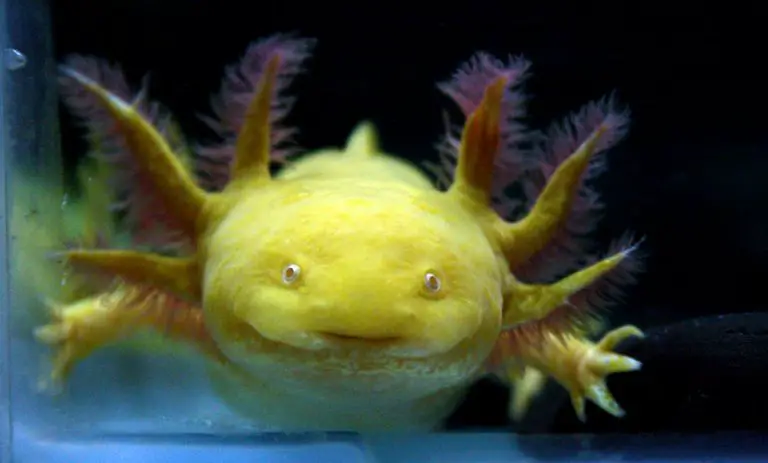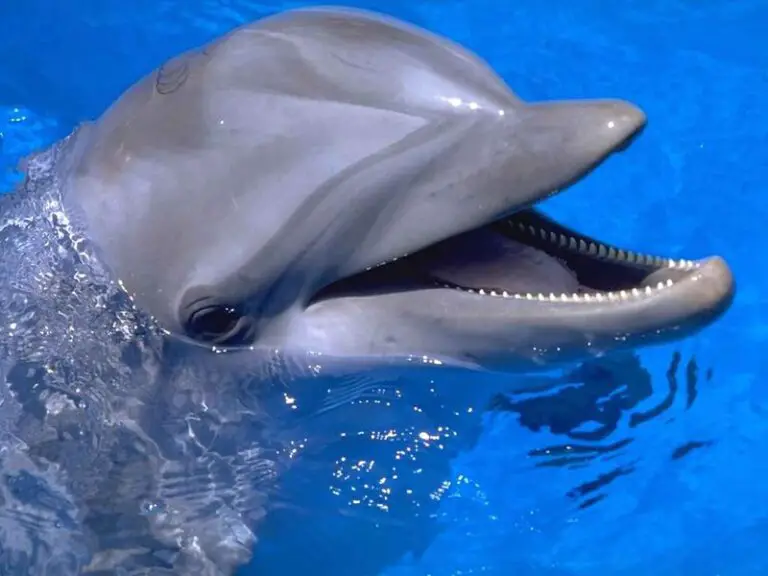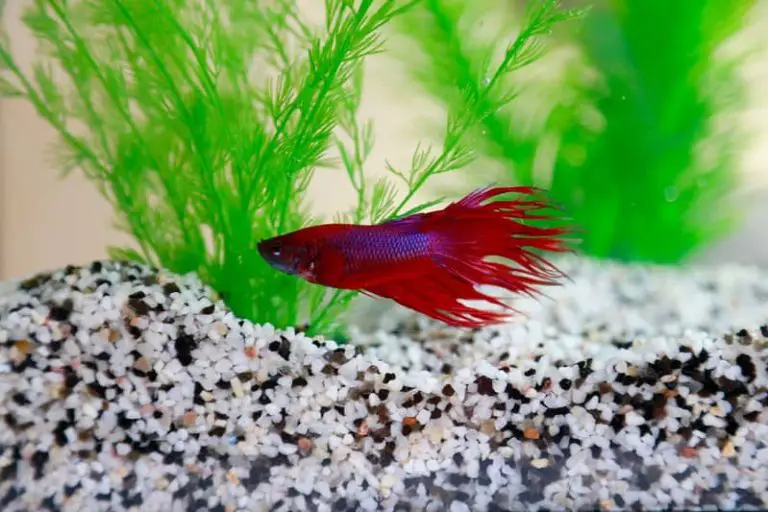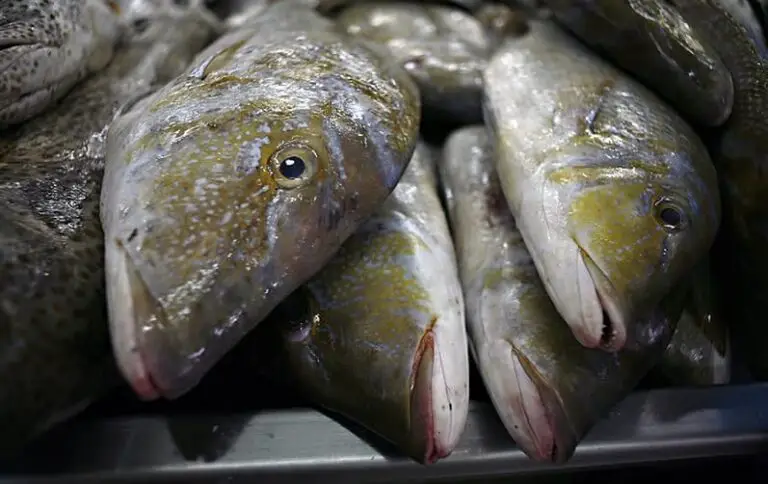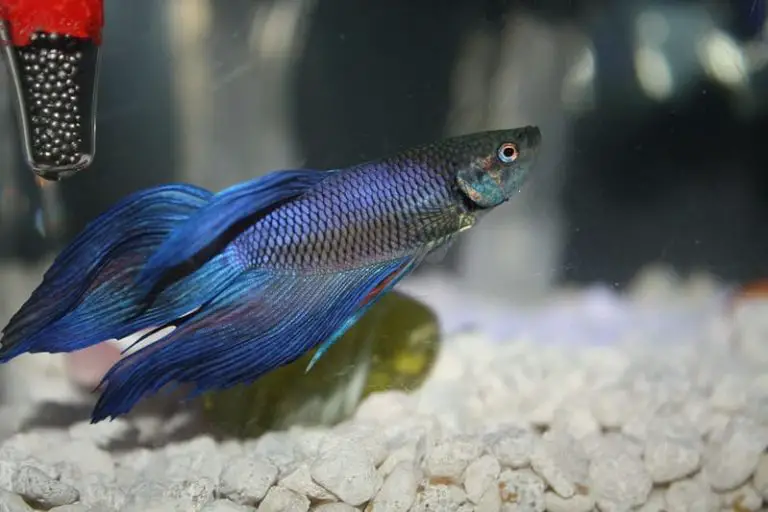How Hard Is The Skin Of A Crocodile?

Crocodiles have existed for millions of years, they are so ancient that they actually coexisted with the now-extinct dinosaurs of which they share many similarities.
For an animal to coexist for centuries until today, it must possess a set of physical attributes and abilities that protect it in an environment as harsh as the wild.
One of the most predominant and incredible attributes of the Crocodile is its skin, which can be so tough that it can resist knife cuts, arrows and can even be bulletproof.
Realistically, it is not that the Crocodile’s skin makes it a bulletproof animal, there is no animal that has such resistant armor, not even an armadillo.
But a Crocodile’s skin is tough enough to protect it from pellet shots from a distance.
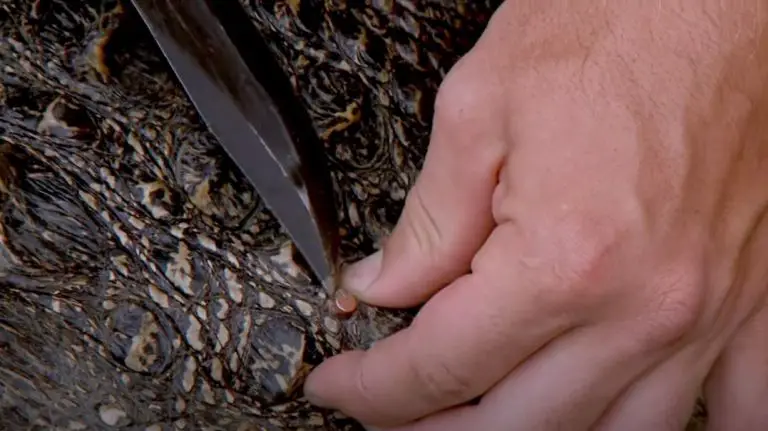
What is the skin of a Crocodile made of?
The skin of the crocodile is covered by scales that form a kind of armor that protects the animal, these scales are composed of keratin.
Keratin is the same component found in the nails and other parts of the human body, its function is to provide a layer of strength and resistance.
Some horns and hooves of other animals are also composed of this substance.
Apart from this, crocodiles have another protective armor between the scales and underneath by bony plates called osteoderms.
These plates of osteoderms are overlapping each other, providing extra protection and being quite flexible.
These two components that make up the crocodile skin are the reason why crocodile skin is so tough.
How thick is crocodile armor?
In the crocodile, most of its body armor is just a thickened version of keratinized skin, only the back is covered by a layer of not very dense ossified scales.
On the back of an adult crocodile, the thickness of this skin layer is about 5 cm, but half of it is the dermis which has no protective capacity.
The epidermis of the back of a crocodile is divided into six layers: stratum corneum, ossification layer, transparent layer, granular layer, spinous cell layer, and basal layer from outside to inside.
Only the stratum corneum and the lower ossification layer play a protective role.
For small animals, this protective layer on the crocodile is practically indestructible, but against big cats such as jaguars and lions, this protective layer does not offer much protection.
How crocodiles are hunted by other animals?
Despite their tough skin, crocodiles are preyed upon by other animals, such as some big cats, the bite force of tigers, lions, jaguars, and other big cats is close to 500 kilograms per square centimeter.
Compared with the 1,000 kilograms of the Nile crocodile, it is indeed a bit short, but such a large bite force combined with the sharp and developed canine teeth is enough to bite through the hardest part of the back skin of an adult crocodile.
When a leopard hunts a crocodile, it usually jumps from a high platform on the river bank when the crocodile goes ashore to bask in the sun, jumps from the back onto the crocodile’s back, and bites the crocodile’s neck.
This trick is very effective for mammals. It can quickly cause cervical spine rupture, suffocation, or carotid artery bleeding.
Generally, the prey is finished in less than half a minute. But it’s not easy to use this trick against crocodiles.
The crocodile skin is thick, and the carotid artery is hidden deep in the spines of the cervical spine. It is not easy to bite through (the crocodile has the strongest bone among the existing reptiles).
It’s nothing if I don’t breathe when I’m young. But in several sighting reports, the leopard won in the end, and as long as the leopard bites the crocodile’s throat, the crocodile cannot effectively counterattack, it cannot bite the leopard, and its claws are short and “weak”, can’t hurt the other party.
In the end, the violent struggle exhausted the oxygen stored in the crocodile, and the overlord of the river beach suffocated and died.
Can a gunshot kill a crocodile?
One shot from a gun could kill a crocodile, although this will depend on several factors such as the caliber of the gun, the distance, and the point where the crocodile is shot.
The softest part of the crocodile is the belly, but it is difficult to aim at this area since it is usually the part that is submerged in the water.
A shot from a powerful gun can penetrate the crocodile’s scale armor, but for a shot to kill it, it would have to hit a vital area of its body.
From what I have seen in some videos and documentaries is that a close-range shot from a boat with a shotgun to the crocodile’s head is the most accurate and reliable.
The largest known Crocodile
The largest crocodile nowadays is the marine crocodile. The largest known was a male crocodile of 8.5 meters in length and 1700 kilograms in weight and was captured in Queensland, Australia, in 1957.
Closely followed by the Nile crocodile capable of reaching 6 meters and 750 kilograms. The smallest crocodile species is the dwarf crocodile.

